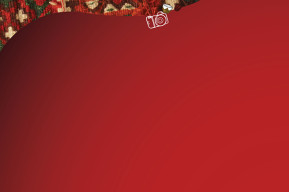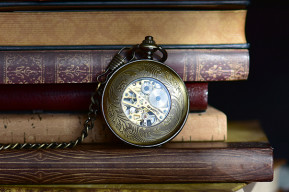News
Protecting Cultural Heritage: Lessons from the Gorkha Earthquake

The Department of Archaeology (DoA), UNESCO and the National Society for Earthquake- Nepal (NSET) jointly organized the 19th Earthquake Safety Day symposium’s parallel session titled “Lessons from the Gorkha Earthquake: Issues, Challenges and Opportunities for Safeguarding, Re-strengthening and Reconstruction of Cultural Heritage” on 26 January 2017.
Co-chaired by Mr Bhesh Narayan Dahal, DoA Director-General, and Thomas Schrom, representing UNESCO, the main objective of the session was to provide a forum for professionals working in the field of cultural heritage to build a new knowledge base. Participants were encouraged to discuss challenges and opportunities in the framework of heritage protection, as well as prevention strategies to minimize the impact of future large-scale earthquakes on cultural heritage sites.
The main issues raised by participants, ranged from the present government bidding process and the lack of periodic maintenance of heritage structures, to the importance of documentation and community engagement. Other topics included the seismic strengthening of heritage structures and the need of following conservation guidelines while respecting traditional building material and techniques – passed down from generation to generation.
The session kicked off with introductory remarks from Mr. Schrom sketching out UNESCO’s current work and main concerns. UNESCO’s request to change the existing government bidding procedure for historical monuments was emphasized. “Awarding a contract to the lowest bidder without proper specifications of the work to be done is not appropriate and bears a major risk of destroying the uniqueness of Kathmandu’s cultural heritage,” Mr Schrom stated.
In his keynote speech, Dr Premnath Maskey, Structural Engineer and Professor at the Institute of Engineering, Tribhuvan University, explained how poor maintenance – rather than the earthquake per se - led to the damage and collapse of many heritage structures in the Kathmandu Valley.
In his closing remarks, Mr. Damodar Gautam, Head of the Planning Section at DoA, highlighted the potential of such events to create synergies on the technical aspects of safeguarding, re-strengthening and reconstructing Nepal’s cultural heritage.
Panellists included the Heads of the Engineering Section of the DoA, the Kathmandu Metropolitan City Heritage Department and the Bhaktapur Municipality Heritage Section, Dr Rohit Ranjitkar Director of the Kathmandu Valley Preservation Trust (KVPT), John Sanday, Conservation Expert, and Alok S. Tuladhar representing the community group.








